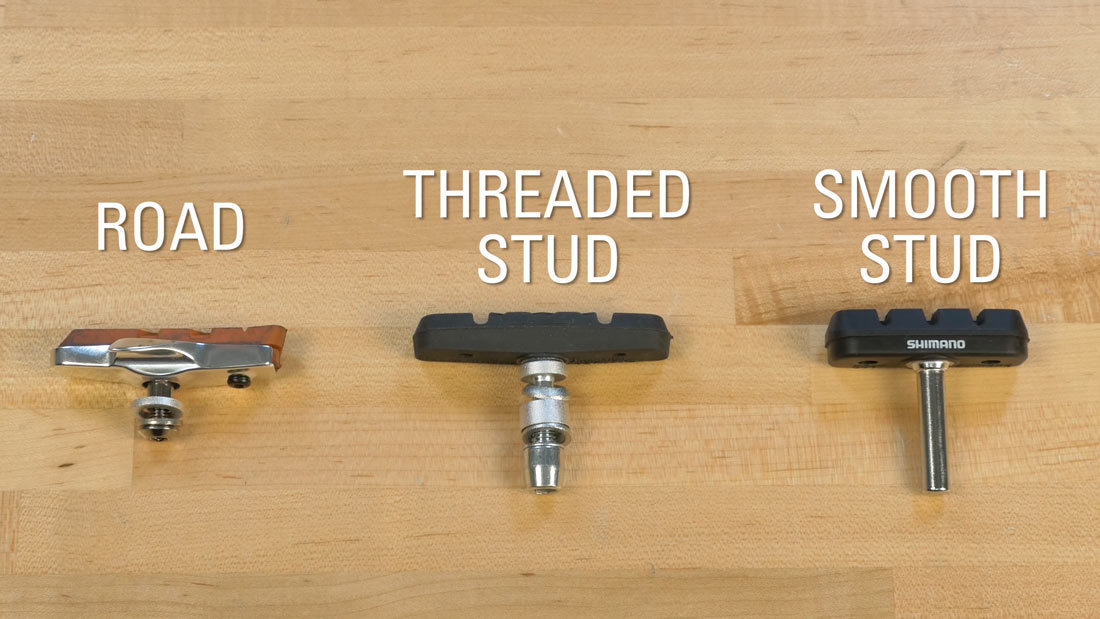Imagine cruising down a scenic trail on your bicycle, the wind in your face and the world whizzing by. But suddenly, you need to stop.
You squeeze the brakes, expecting a smooth and swift halt, only to find your bike struggling to respond. This scenario underscores the importance of maintaining your bike’s brake pads. Knowing when to change bicycle brake pads is crucial for your safety and the longevity of your bike.
You might ask, are all brake pads the same? Spoiler alert: they’re not! Dive into this article to unravel the mysteries of brake pad maintenance, ensuring that every ride is as safe and exhilarating as it should be. You’ll discover the signs that indicate a change is needed, the differences in brake pad types, and expert tips to keep your biking experience seamless. Keep reading to learn how to make every ride a safe adventure.

Credit: www.parktool.com
Are All Brake Pads The Same
Not all brake pads are the same. Different materials and designs affect performance and lifespan. Change bicycle brake pads when they wear thin or squeak. Regular checks ensure safe rides.
Bicycle brake pads seem simple but vary greatly. Knowing their differences helps you choose wisely. Not all brake pads suit every rider or bike. Understanding these distinctions ensures safety and performance. Types of Brake Pads Different types serve different purposes.
Here’s a brief overview: – Rim Brake Pads: Designed for road bikes with metal rims. They grip the rim to slow down. – Disc Brake Pads: Used in mountain bikes. They press against a rotor, providing strong stopping power. – V-Brake Pads: Common in hybrid bikes.
They offer reliable performance in varied conditions. – Hydraulic Brake Pads: These are for hydraulic systems. They provide consistent and smooth braking. Material Differences Brake pad materials affect performance. Let’s explore the main types: – Rubber Pads: Provide smooth braking.
Commonly used in rim brakes. – Metal Pads: Offer durability. Ideal for wet and muddy conditions. – Resin Pads: Known for quiet operation. Suitable for urban riding. Performance Variations Performance varies among brake pads. Consider these factors: – Heat Resistance: Some pads withstand high temperatures better, preventing brake fade.
– Noise Levels: Resin pads are quieter than metal ones during braking. – Wear Rate: Metal pads last longer but may wear rotors quickly. Choosing the Right Pads Selecting the right pads matters. Consider these points: – Riding Style: Choose pads that match your cycling habits.
– Weather Conditions: Some pads excel in wet or dry environments. – Bike Type: Ensure compatibility with your bike’s brake system. Understanding brake pads helps you make informed choices. Safety and efficiency depend on picking the right ones.

Credit: totalwomenscycling.com
Conclusion
Changing bicycle brake pads ensures safety and smooth rides. Watch for signs like squeaking or reduced braking power. Regularly inspect your brake pads for wear and tear. Different pads suit different bikes and conditions. Consult your bike’s manual or a professional for guidance.
Avoid waiting too long for replacements. Old brake pads can lead to accidents. Proper maintenance extends your bike’s lifespan. It also keeps your rides enjoyable and safe. Stay attentive to your bike’s needs. Happy and safe cycling ahead!
